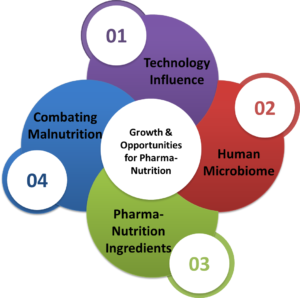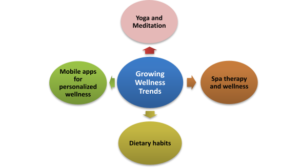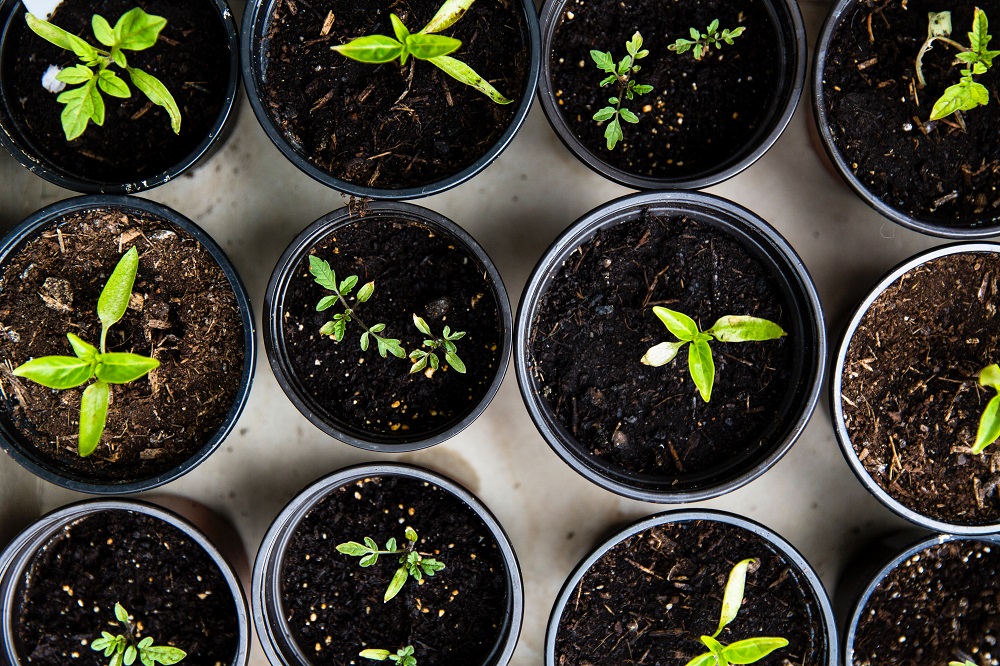India is one of those countries from where spices were exported all over the world. Once again spices have come in focus with their utility to create a value in nutrition. Hence, since the beginning usage of spices in Indian culinary art is at centre of providing diet to everybody. However, with the thought-process, practice and the influence of modernisation as well as globalisation, the focus got shifted.
How India Entry is Essential?
There are many factors leading to the growth of Nutraceutical industry in India. One of those is heritage from Herbals and Ayurveda system. India has a rich heritage of herbal, Ayurvedic medicines and spices that can stand the country’s nutraceutical industry in a good way for expansion and progress. The herbal segment is likely to contribute 30 % of the dietary supplements market in India, expected to grow CAGR of 20 % from 2015 to 2023.
Another factor is a rich biodiversity, robust agricultural research infrastructure and abundant availability of nutraceutical ingredients. India is been a frontier to cater to the world’s need of ingredients such as highly bioavailable curcumin, Ashwagandha, fibres like Fenugreek, natural Astaxanthin, black garlic, etc.
India is a global pharma powerhouse due to its ability to produce high-quality and low-cost generic drugs. Nutraceutical manufacturing uses many of the same technologies as the pharma industry. Low cost-high quality manufacturing can help India emerge as a global leader in the finished Nutraceutical product space as well.
Also, data shows India has 108 large contract manufacturers in nutraceuticals which has opened up a vast opportunity for new entrants for FDIs. This potential needs to be leveraged properly for the growth of this industry.
India is the second most populated country in the world with population of around 1.3 Bn. As of now only urban population has seen traction of Nutraceutical products, but there is also a considerable opportunities beyond the urban segment, as population in rural parts of the country represents a huge untapped potential for Nutraceutical sales.
Market Opportunities:
There are as many as 11 opportunities in India for those who want to enter. Those are as follows:
Growing disposable income coupled with lifestyle diseases making Indian population becoming aware of how should they protect themselves from environment to remain healthy. In addition to that, lowering food quality has been an accelerating factor for creating real time opportunity in India.
Besides being self-conscious, social media is also increasing health awareness of medical consumers. As a result, individuals as well as Healthcare providers are changing their treatment protocols to ensure health.
All this is happening very fast due to Government focus on AYUSH (The Ministry of Ayurveda, Yoga & Naturopathy, Unani, Siddha and Homoeopathy) and integrated medicines platform whereby Nutrition, Nutraceuticals, Ayurvada and other alternative medicines have chances to flourish.
India being an IT hub and having an excellent talent, intervention of AI (Artificial Intelligence) and ML (Machine Learning) is creating lot of space for start-ups and so the competitive landscape is evolving very differently.
There is a huge opportunity for Nutraceutical ingredients to create corporate brands like Sony as well as Phytopharmaceuticals which have been accepted all over the world inclusive of India to provide preventive as well as curative effects for lifestyle diseases.
These 11 opportunities can be visualised in the following image 1.1.
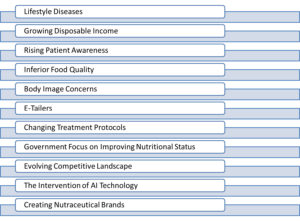
Fig 1.1 Market Opportunities of Indian Nutraceutical Industry
Market Challenges:
Having these market opportunities, major challenges to India entry are of 6 folds. Among these are:
- Changing Regulatory Climate:
Lot of amendments are happening due to growing nature of Nutraceutical industry right from product definitions, approvals, health claims and manufacturing standards.
- The Legal and Regulatory Framework:
In case of legal frame work, corporate law and necessary steps to create an entity in India has been elaborated in FSSA (Food Safety and Standards Act of India) Section 22, whereby, compliance to operate in India is mandatory.
- Look-alike Products:
Indian Nutraceutical market has highest threat of look-alike products. This confuses consumer to differentiate between the real and fake.
- Cost Effective Pricing:
Indian market is price sensitive market. Although the demand for nutraceuticals is expected to rise considerably, the high prices of Nutraceuticals limit their adoption in the Indian market. Also, for India entry, import tariffs need to be understood for managing right pricing of products.
These 6 challenges can be visualised in the following image 1.2.
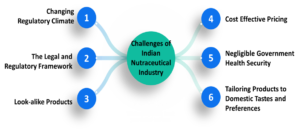
Fig 1.2 Challenges of Indian Nutraceutical Industry
- Negligible Government Health Security:
In India, the government funded healthcare is very limited and major expenditure on individuals. Hence, scope of insurance is huge.
- Tailoring Products to Domestic Tastes and Preferences:
India is a country where there a Unity in Diversity. The preferences include vegetarianism, Halal or Hindu dietary practices and traditional remedies reflecting social and cultural diversity. So the demand for product may vary sate wise or religion wise.
India: A Nutra hub in the Making?
India being an emerging market, players from US, Japan and European countries are venturing here and are ready to leverage the potential by launching their products and expanding their portfolio according to the needs of Indian consumers.
New entrants must leverage India’s chemistry & pharma expertise and natural base with e-Commerce expertise which will lead them to be a sizable player in India.
India being on the path of Aatmanirbhar (Self-reliant), opportunities to develop this self-reliance and forming an eco-system to boost this industry will be an additional benefit for those who want to enter.
Ends.
References:
The article is written by Dr. Smarta and it has been published by vitafoodsinsights.com.




